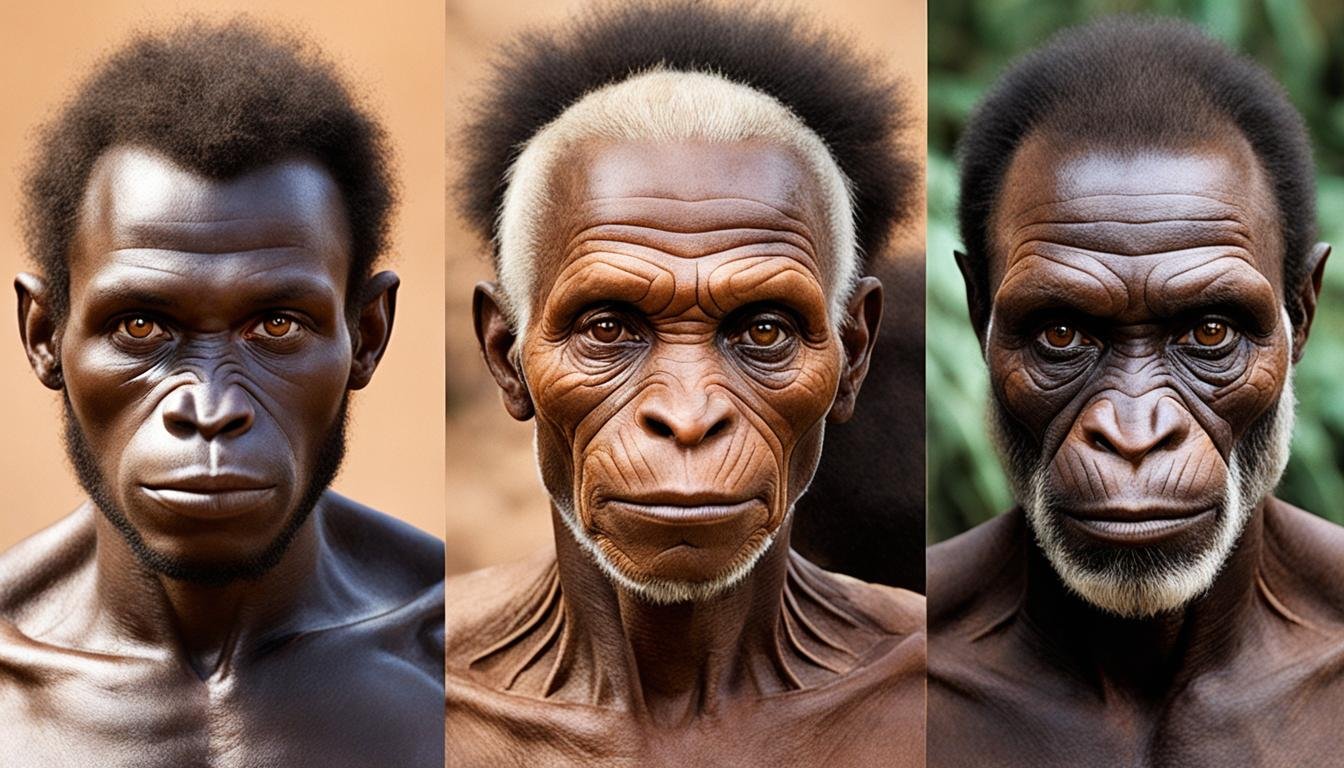When did white skin evolve?
Have you ever wondered why people from certain regions have lighter skin than others? The evolution of white skin is a fascinating phenomenon that can be traced back through human genetics and the adaptation to different climates. Exploring this topic opens up a world of insights into the ancient history and migration patterns of human populations around the globe.
Key Takeaways:
- The evolution of light skin is a result of natural selection and genetic changes that occurred over thousands of years
- Light-skinned individuals have low amounts of eumelanin in their skin, allowing for better absorption of ultraviolet radiation and aiding in the synthesis of vitamin D
- The distribution of light-skinned populations is highly correlated with low ultraviolet radiation levels and historical migration patterns
- The ability to synthesize vitamin D and adapt to different climates is essential for human survival and health
- As our understanding of human genetics continues to advance, we gain deeper insights into the evolutionary history of white skin and its significance in human populations worldwide
Evolution of Light Skin
Dark skin evolved as a protective adaptation against UV radiation.
Eumelanin in dark skin protects against folate depletion and DNA damage.
Humans with dark skin evolved in Africa and migrated to other parts of the world with their dark-skinned pigmentation.
The evolution of light skin is thought to be driven by the need to maintain vitamin D production in areas with low UV radiation.
Populations in north-west and north-east Eurasia developed lighter skin tones around 40,000 years ago.
Genes associated with light skin color in modern Europeans originated in the Near East and the Caucasus about 22,000 to 28,000 years ago.
Lighter skin and blond hair also evolved in the Ancient North Eurasian population.
Additional waves of lighter-skinned populations are associated with ancient migrations and the Indo-European cultures.
Skin pigmentation is a complex trait influenced by multiple genes and selective pressures.
Comparative Analysis of Dark and Light Skin Pigmentation
| Characteristic | Dark Skin | Light Skin |
|---|---|---|
| Eumelanin Presence | High | Low |
| Melanosome Count | High | Low |
| Protects Against UV Radiation | Yes | No |
| Adaptation to Low UV Radiation Environments | Yes | Yes |
| Survival in Areas Far from the Equator | Yes | Yes |
Geographic Distribution and Vitamin D
The geographic distribution of light-skinned populations is strongly correlated with low ultraviolet radiation levels. People living at latitudes far from the equator developed light skin to synthesize vitamin D in areas with lower sunlight intensity. The weaker the sunlight in a geographic region, the lighter the indigenous people’s skin tends to be.
However, dietary factors can also contribute to vitamin D sufficiency even in dark-skinned populations. Indigenous populations across Northern Europe and Northern Asia consume vitamin D-rich sources like reindeer meat and lichen. In areas with polar climates, such as Scandinavia and Siberia, where UV radiation is low, indigenous populations are predominantly light-skinned. The ability to synthesize vitamin D and adapt to different latitudes is a complex interplay between genetics and environmental factors.

Conclusion
The evolution of white skin is a remarkable testament to the power of natural selection and genetic changes over thousands of years. This adaptation to low UV radiation environments primarily occurred in regions far from the equator. Different populations developed lighter skin tones at different times, influenced by migrations, ancient cultures, and selective pressures.
The ability to synthesize vitamin D and adapt to various climates is crucial for human survival and health. The evolution of white skin enabled individuals in areas with limited sunlight to maintain adequate levels of vitamin D, ensuring the optimal functioning of the immune system, bone health, and overall well-being.
As our understanding of human genetics advances, we gain deeper insights into the evolutionary history of white skin and its significance in human populations worldwide. Ongoing research continues to uncover the complex genetic mechanisms that underlie skin pigmentation and how they interact with environmental factors.






